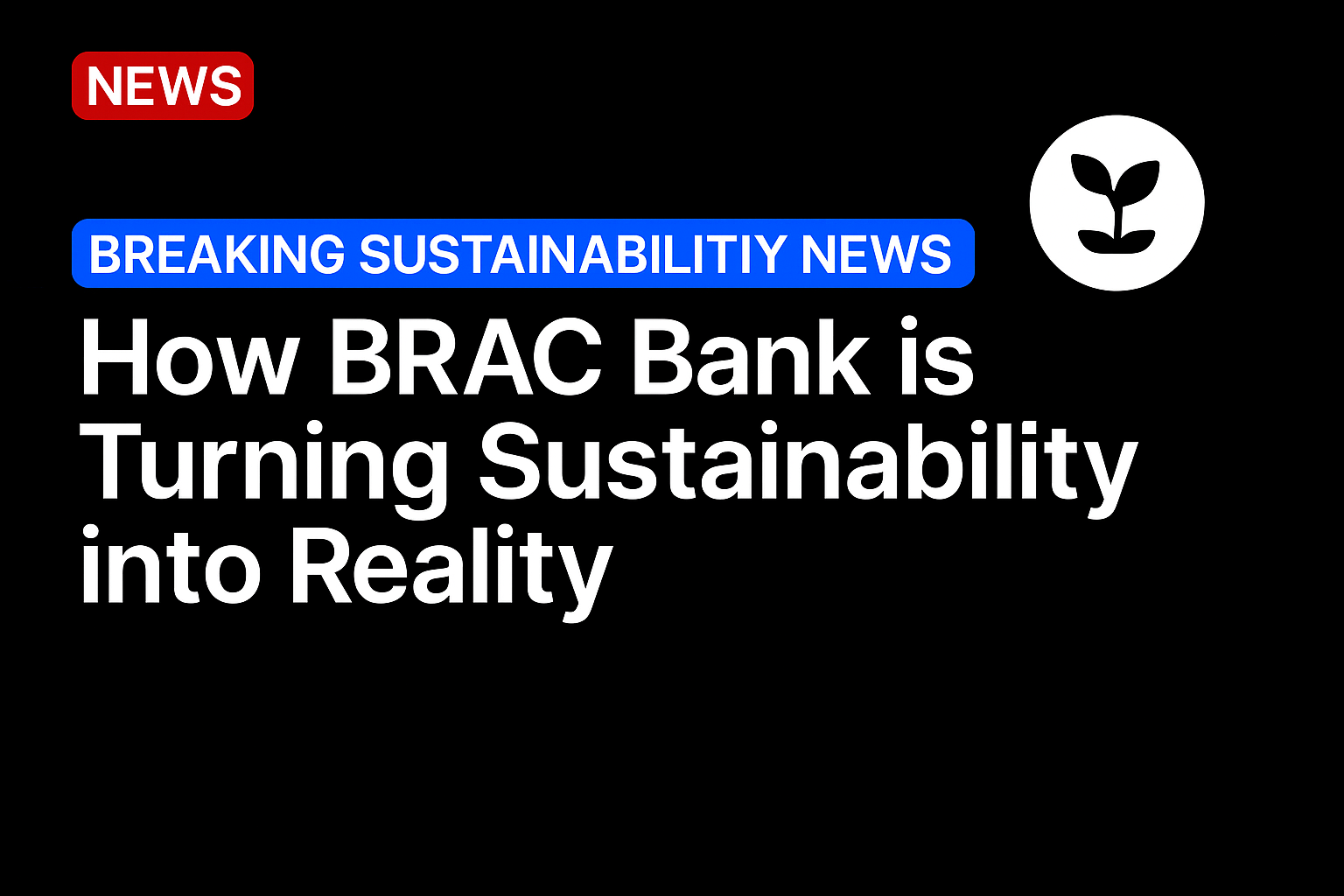Microsoft’s Climate Innovation Fund has deployed over US$800m across 67 companies since 2020, focusing on carbon removal, biofuels and low-carbon materials
In 2020, Microsoft launched an initiative it called the Climate Innovation Fund with the aim of kickstarting and scaling a huge portfolio of climate technology start-ups.
The fund formed part of Microsoft’s medium-term sustainability strategy and it was announced alongside the firm’s commitments to being carbon negative, water positive and zero waste by 2030.
The fund has adopted what it calls a “market development flywheel” approach, combining corporate investment with procurement commitments and technology support.
To date, this strategy has attracted an impressive US$12bn in follow-on capital across its portfolio companies, according to a newly published report which focuses on the lessons Microsoft has learned since the initiative began five years ago.
“Through the Microsoft Climate Innovation Fund, we invest in bold ideas and scalable technologies that drive real impact,” says Brad Smith, Vice Chair and President of Microsoft.

Targeting hard-to-abate sectors
Much of the fund has been funnelled into areas where low-carbon alternatives remain scarce or are still commercially unproven.
One of these sectors has been steel production. In an effort to move the dial in this particularly heavy industry, Microsoft invested in Stegra’s commercial-scale facility in Sweden, which uses green hydrogen-based direct reduced iron technology.
The plant aims to produce steel with up to 95% emissions reduction compared to traditional blast furnaces. Microsoft has paired this equity investment with some multi-year purchase agreements for suppliers to buy Stegra steel for data centre equipment.
There’s also the aviation sector, where Microsoft has been backing the R&D around sustainable aviation fuel (SAF). Since funding opened, Microsoft has backed Twelve’s carbon transformation technology as well as LanzaJet’s alcohol-to-jet scheme.
In the same sector, Microsoft invested in a book-and-claim accounting model with Alaska Airlines that allowed the company to report lower emissions from SAF use without requiring physical delivery to specific flights.
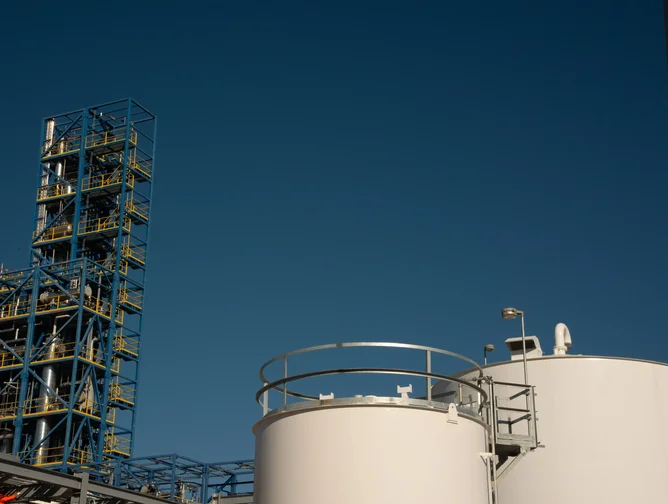
First-of-a-kind project financing
The fund has also committed more than US$100m to what it calls “first-of-a-kind” projects. As the rubric suggests, these are nascent climate technologies that have been caught in limbo, facing financing challenges too large for venture capital but too risky for traditional infrastructure investors.
The team at Microsoft estimates that this gap typically ranges between US$100m-US$180m per project.
The company provided project finance for Climeworks’ Orca plant, the world’s first commercial direct air capture (DAC) facility, alongside a 10-year offtake agreement for 10,000 tons of CO₂.
In Nigeria, the fund backed Konexa’s construction of renewable energy infrastructure linking Heineken’s operations to clean power. That particular project has now been commissioned and aims to establish a replicable model for the country’s renewable power sector.
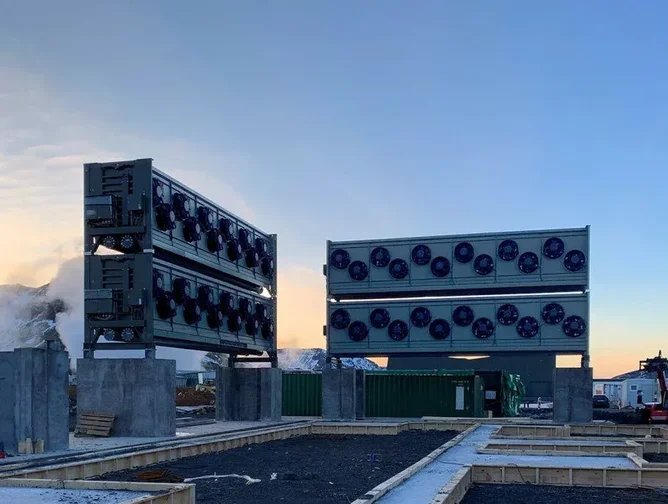
Measuring catalytic impact
The Climate Innovation Fund has not been a case of scattergun investing. Microsoft has been determined to extract as much information from these investments as possible, evaluating the success and viability of projects for the benefit of future investments.
To this end, the Washington-based company has developed a framework alongside Rhodium Group that assesses both direct emissions reductions from invested projects and “catalysed” reductions from helping technologies reach cost parity with conventional alternatives.
For emerging climate technologies like low-carbon steel and DAC, the fund reports that catalysed emissions reductions could substantially exceed the direct reductions from individual projects.
Microsoft has acknowledged that the per-dollar emissions reductions from these early-stage investments tend to fall below those from more mature technologies like solar and wind, though it argues that this is a necessary part of the R&D process as it lays the groundwork for future markets and future solutions.
Geographic and social considerations
So far, about 19% of the fund’s capital has been allocated to projects in the Global South, including a great deal of investments in energy access across Africa.
The fund backed CrossBoundary Access, which finances mini-grids across the continent, and invested in WaterEquity’s initiatives that improve water and sanitation infrastructure across South and Southeast Asia, Sub-Saharan Africa and Latin America.
And of all the start-ups in the fund’s portfolio, 22% of the CEOs and founders are women, while 21% come from underrepresented backgrounds.
“Our goal isn’t just to become more sustainable but also to help every organisation in Africa and the world to do the same,” says Lillian Barnard, Microsoft’s Chief of Enterprise Partners for the Middle East and Africa.
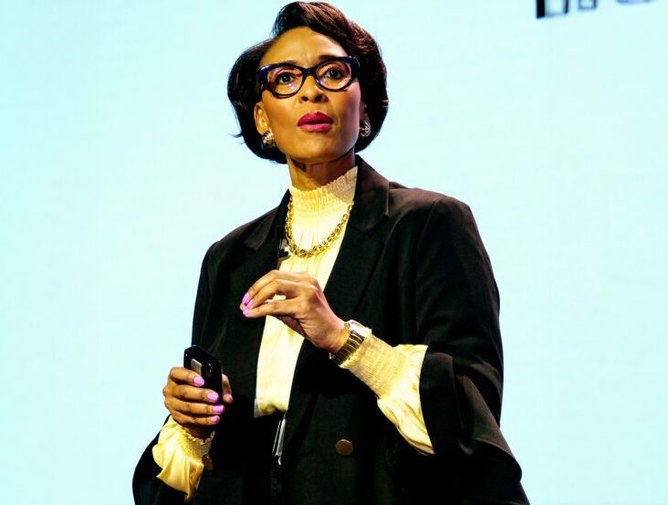
Microsoft has also made some investments closer to home, with its native state of Washington feeling some of the benefit.
“It’s inspiring to see the Climate Innovation Fund driving real impact across Washington state and beyond,” says Melanie Nakagawa, Chief Sustainability Officer at Microsoft.
“As a WA resident, it’s especially meaningful to see how these investments are supporting local entrepreneurs and helping scale climate solutions in our communities.”
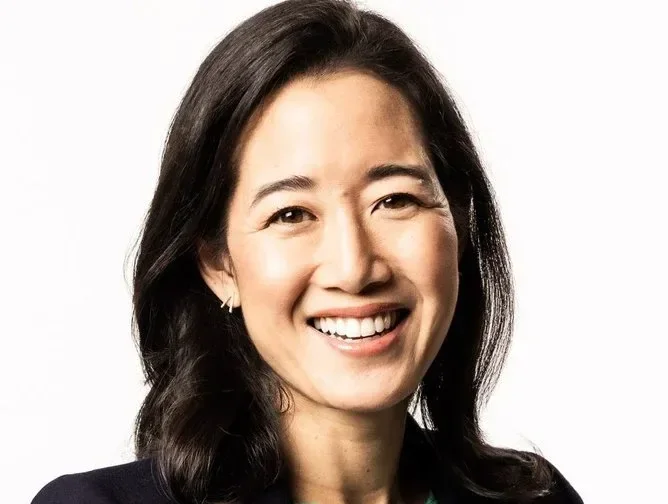
Why Microsoft sees AI as the key to climate innovations
As Microsoft has become more involved with AI, so too has the fund. The project has increasingly incorporated AI into its investment strategy, with the team describing the technology as an “innovation amplifier”.
Some recent investments on this front include Vibrant Planet, a company that uses AI-powered geospatial analytics to detect and reduce the risks of wildfires. Another is Terradot, a start-up that applies AI to enhanced rock weathering – a novel way of removing carbon from the atmosphere.
These investments in particular speak to the philosophical direction that Microsoft has been going in over the past few years. The company believes that AI’s ability to measure, predict and optimise complex systems is going to be essential in the fight against climate change.
The problem is that, for now at least, AI is the single fastest growing source of carbon emissions in Microsoft’s entire value chain. The firm’s leadership hopes that the benefits it imparts will outweigh the issues it creates in the long run.
“The force creating this distance from our goals in the short term is the same one that will help us build a bigger, faster and more powerful rocket to reach them in the long term: artificial intelligence,” Melanie explains. “This is not hyperbole.”
Source: https://sustainabilitymag.com/




